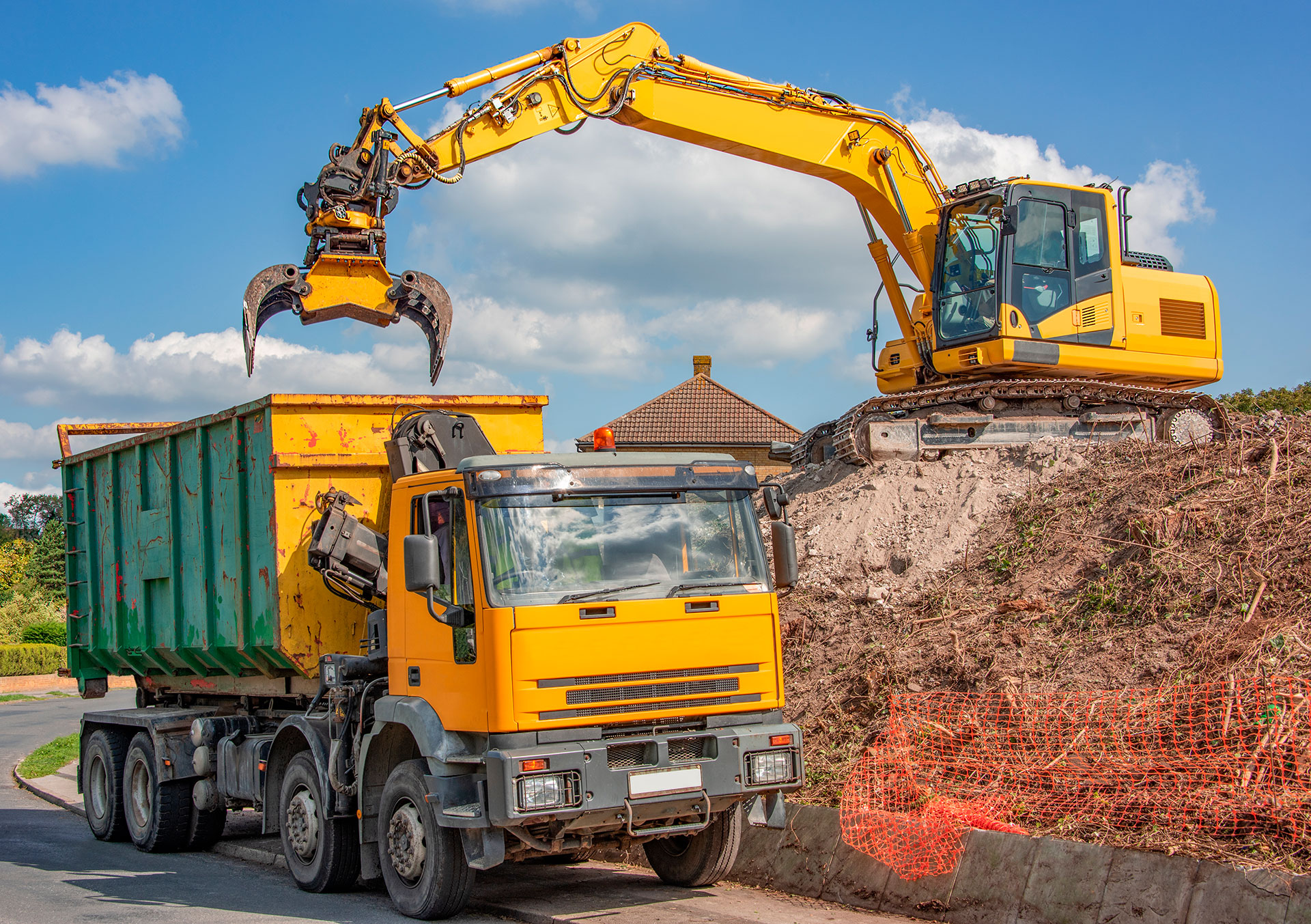When it comes to construction projects, selecting the right excavator for the job is crucial to ensure efficiency, safety, and cost-effectiveness. Excavators come in a wide range of sizes, from the compact 0.8-tonne mini excavators to the larger 25-tonne machines. Choosing the right size is essential to maximise performance while avoiding unnecessary costs or downtime. In this blog, we’ll take a closer look at the different sizes of excavators and how to pick the best one for your project.
The complexity of the work at hand will also influence your decision.
Understanding Excavator Sizes
Excavators are typically classified by their operating weight, and the range of 0.8 to 25 tonnes covers a broad spectrum of machinery. Here’s a quick breakdown of what you can expect from each category:
-
Mini Excavators (0.8 to 2.5 tonnes): These are small, compact machines designed for tight, restricted spaces. Their light weight and small footprint make them perfect for residential work, landscaping, or urban construction sites where access is limited.
-
Midi Excavators (3 to 6 tonnes): Midi excavators are a step up in size and power, offering more lifting capacity and digging reach than mini excavators. They’re often used for medium-sized construction jobs, such as trenching or site preparation, where more power is needed but space remains relatively tight.
-
Standard Excavators (7 to 15 tonnes): These versatile machines are the workhorses of most construction projects. With a larger digging depth and bucket capacity, they can handle a range of tasks, from large-scale excavation to heavy lifting, demolition, and roadworks.
-
Heavy Excavators (16 to 25 tonnes): These large excavators are designed for the most demanding projects, such as deep excavations, large-scale demolition, or heavy-duty lifting. They offer maximum power, reach, and stability, but require ample space to operate.

Choosing the Right Excavator for Your Project
Selecting the right excavator size is about balancing the scope of your project with the capabilities of the machine. Here are some key factors to consider:
-
Site Access and Space Constraints If you’re working in a tight, confined area, such as an urban site or a residential property with limited space, a mini excavator (0.8 to 2.5 tonnes) is often the best choice. These machines are highly manoeuvrable, allowing you to access areas that larger excavators simply cannot reach. They’re perfect for tasks like garden landscaping, trench digging for utilities, or clearing small sites.
-
Scope of Work The complexity of the work at hand will also influence your decision. For more demanding tasks, such as digging foundations or moving larger quantities of material, you’ll need a midi or standard excavator. These machines offer a good balance of power and versatility, making them suitable for general construction tasks such as digging, grading, and material handling.
For example, if you need to excavate trenches for a building foundation or perform site preparation on a medium-sized plot, a midi excavator (3 to 6 tonnes) would be a great choice. Its additional power and reach compared to a mini excavator will help you complete the job efficiently, but without being too large for the space.
-
Weight and Stability Larger excavators, such as those in the 16 to 25-tonne range, are perfect for heavy-duty tasks like demolition, large-scale roadworks, and deep excavation. These machines provide the stability and strength needed to lift heavy loads, dig deep trenches, or move large quantities of material. However, they require more space to operate and are less manoeuvrable than their smaller counterparts, so they’re best suited for large, open sites where space isn’t an issue.
-
Lifting Capacity and Digging Reach The size of the excavator also determines its lifting capacity and digging depth. If your project involves lifting or moving heavy materials, or if you need to dig to considerable depths, you’ll need a larger machine to get the job done. Standard and heavy excavators are typically equipped with more powerful engines, larger buckets, and extended digging arms, allowing them to tackle tougher tasks with ease.
-
Transport and Logistics Smaller excavators are easier to transport between sites. A mini excavator or midi excavator can be loaded onto a trailer with minimal effort, reducing transport costs. Larger excavators, on the other hand, require special transport arrangements due to their size and weight, which may increase logistics costs.
Benefits of Choosing the Right Size
Selecting the right excavator for your project comes with several benefits:
-
Increased Efficiency: The right-sized excavator will allow you to complete tasks more quickly and effectively, ensuring that your project runs smoothly and on schedule.
-
Cost Savings: Using a machine that matches the job will help you avoid unnecessary fuel consumption, wear and tear, and maintenance costs that can arise from using a machine that’s too large or too small for the task.
-
Improved Safety: A machine that is too large for the space may be difficult to manoeuvre, increasing the risk of accidents. On the other hand, an excavator that’s too small may not have the capacity to handle the workload, which can lead to breakdowns or delays.
Choosing the right excavator size, whether it’s a mini, midi, standard, or heavy-duty model, is crucial to the success of your project. By considering factors such as site access, the scope of the work, and the machine’s lifting capacity, you can ensure that you have the perfect machine for the job. Getting the right size not only boosts efficiency and reduces costs, but it also ensures a safer working environment.
When in doubt, consult with your equipment supplier or hire company to determine which excavator will best meet the needs of your project. With the right machine, your construction job will be completed with precision, speed, and cost-effectiveness.
Leave a comment